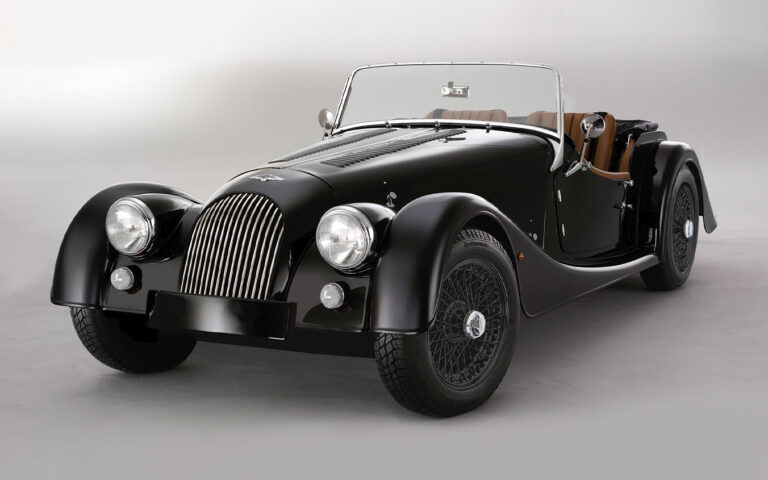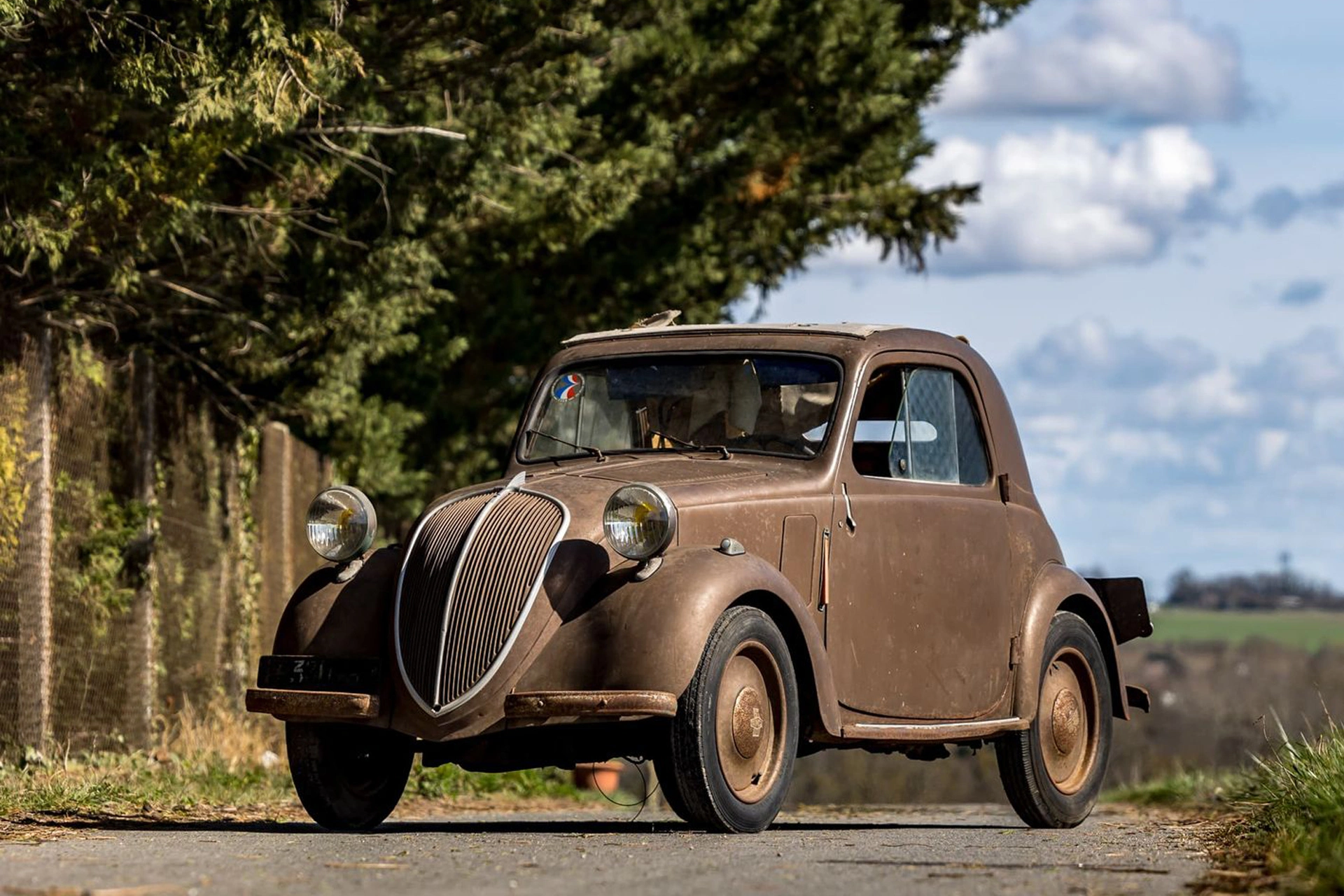The Nostalgia of Forgotten Gods: Morgan (cars), UK, 1935
24 August 2024 3 min read 9 images

“Good news for woodworms” was the headline of a major automotive magazine years ago, announcing a new Morgan model. In fact, it’s well known that the cars from this English brand, which has staunchly resisted any temptation of modernization for almost a hundred years, are painstakingly built on a wooden frame. In reality, it’s not the load-bearing element of the car (the chassis), as almost everyone believes, but a frame in ash wood upon which the body panels are lovingly fixed. Woodworms can still rejoice, but for historians who don’t know, it’s time for an update.
Register to unlock this article
Signing up is free and gives you access to hundreds of articles and additional benefits. See what’s included in your free membership. See what's included in your free membership.
Already have an account? Log In


